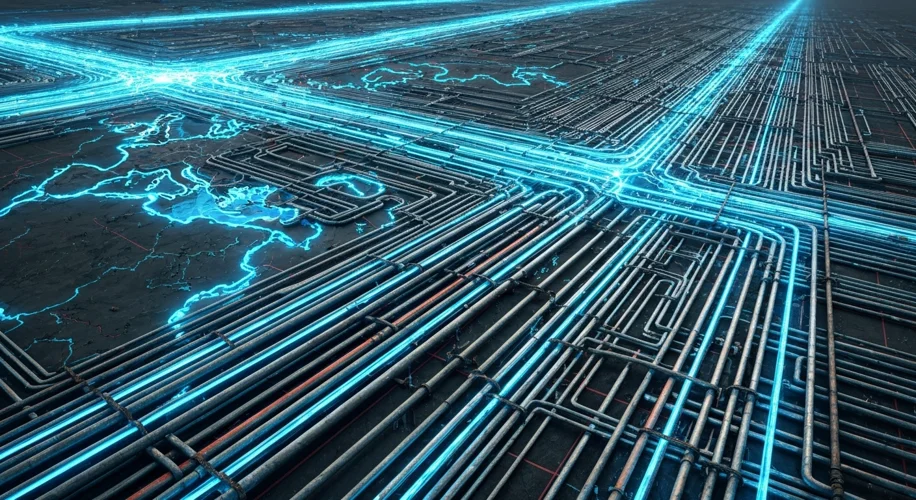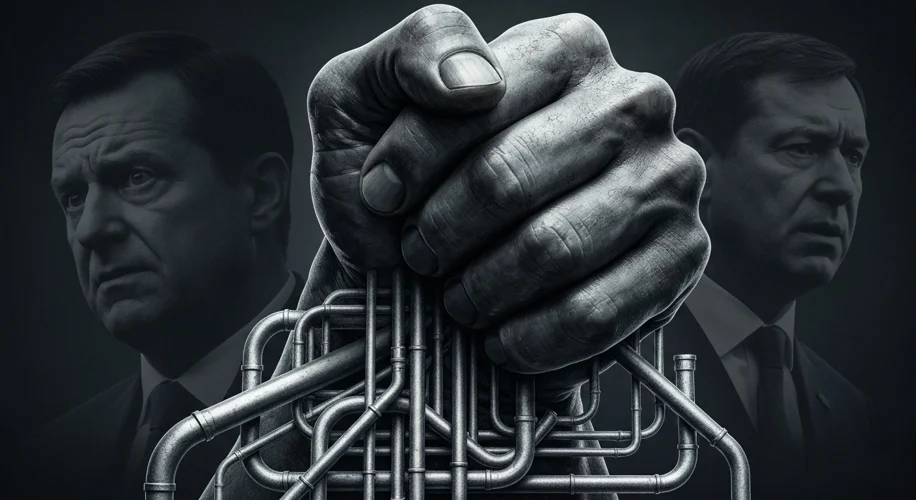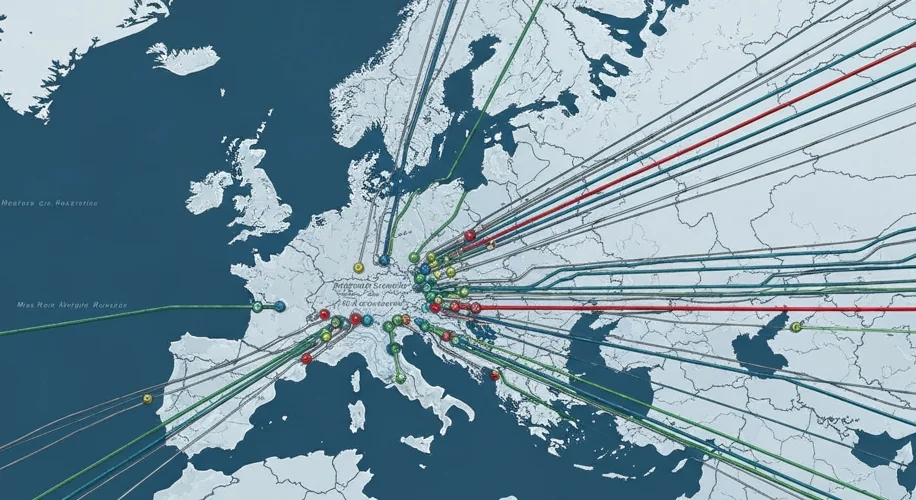For decades, the hum of natural gas flowing through vast pipelines has been the lifeblood of Europe, a constant, often unseen, connection linking economies and cultures. At the heart of this intricate web lies Russia, a colossal supplier whose energy resources have shaped the continent’s destiny, fostering both prosperity and vulnerability.
Imagine a frosty dawn in the late 1960s. The Cold War’s icy grip still held Europe in its sway, yet a different kind of thaw was beginning. West Germany, facing an insatiable demand for energy to fuel its post-war economic miracle, looked east. Not to political allies, but to the vast, untapped reserves of the Soviet Union. The first major gas deal was struck in 1970, a move that, at the time, was seen primarily through an economic lens. It was a pragmatic solution, a way to secure cheap, reliable energy. But it was also a seed planted, one that would blossom into a complex and often fraught relationship.
This initial agreement was the genesis of what would become a continent-spanning network of pipelines, a physical manifestation of a growing interdependence. As the Soviet Union dissolved and Russia emerged, the energy ties only deepened. Countries across Eastern and Western Europe increasingly relied on Russian gas to heat homes, power industries, and fuel their economies. Think of the iconic Yamal-Europe pipeline, a monumental feat of engineering snaking across thousands of kilometers, or the Nord Stream pipelines, lying like slumbering giants beneath the Baltic Sea.

Key players emerged on both sides. For Russia, energy became a powerful geopolitical tool, a way to project influence and secure leverage on the global stage. Figures like Gazprom, the state-controlled energy giant, became synonymous with this strategy. On the European side, individual nations, often driven by their own immediate energy needs and varying political stances, navigated this relationship differently. Germany, in particular, became heavily reliant, often defending its energy deals with Russia against criticism from other European nations and the United States.
This reliance wasn’t without its challenges. Throughout the 1990s and early 2000s, gas disputes, often stemming from transit issues through Ukraine, erupted like seasonal storms. These “gas wars” saw supplies dwindle, plunging European nations into chilling uncertainty and highlighting the fragility of their dependence. The winter of 2006 and again in 2009, when Russia cut off gas supplies to Ukraine, reverberated across the continent, causing significant disruptions and forcing a stark re-evaluation of energy security.
The narrative began to shift from one of simple economic partnership to a complex geopolitical dance. European leaders grappled with the inherent risks of being so deeply entwined with a single, often unpredictable, supplier. The dream of a unified European energy policy, one that could speak with a stronger, more independent voice, began to take shape, yet progress was often slow, hampered by differing national interests and the sheer scale of the existing infrastructure.
As the 21st century progressed, concerns about Russia’s assertive foreign policy, particularly its actions in Georgia and Ukraine, cast a long shadow over energy relations. The annexation of Crimea in 2014 and the subsequent full-scale invasion of Ukraine in 2022 served as a brutal wake-up call for Europe. The pipelines, once symbols of interdependence, were now seen by many as arteries of vulnerability, a direct conduit for Moscow to exert pressure and finance its military endeavors.

The consequences were seismic. Europe, spurred by a newfound urgency, embarked on a rapid and ambitious quest for energy independence. Diversification became the mantra. Deals were struck with new suppliers, investments poured into renewable energy sources like wind and solar, and innovative technologies for energy storage and efficiency gained traction. The continent began to untangle itself from the decades-long embrace, a process that was as challenging as it was necessary.
Today, in 2025, Europe stands at a different juncture. The reliance on Russian gas has been significantly reduced, a testament to a continent’s determination in the face of adversity. Yet, the legacy of this long and complex relationship endures. The intricate infrastructure, the economic ties, and the geopolitical lessons learned continue to shape European energy policy. The journey has been one of dependence, negotiation, strategic maneuvering, and ultimately, a profound reckoning with the consequences of intertwined fates.
The story of Europe’s energy relationship with Russia is not just a tale of pipes and gas; it is a narrative of power, vulnerability, and the enduring quest for security in a complex world. It’s a history lesson etched in every kilowatt-hour, a constant reminder that the most vital connections are often the most delicate.

